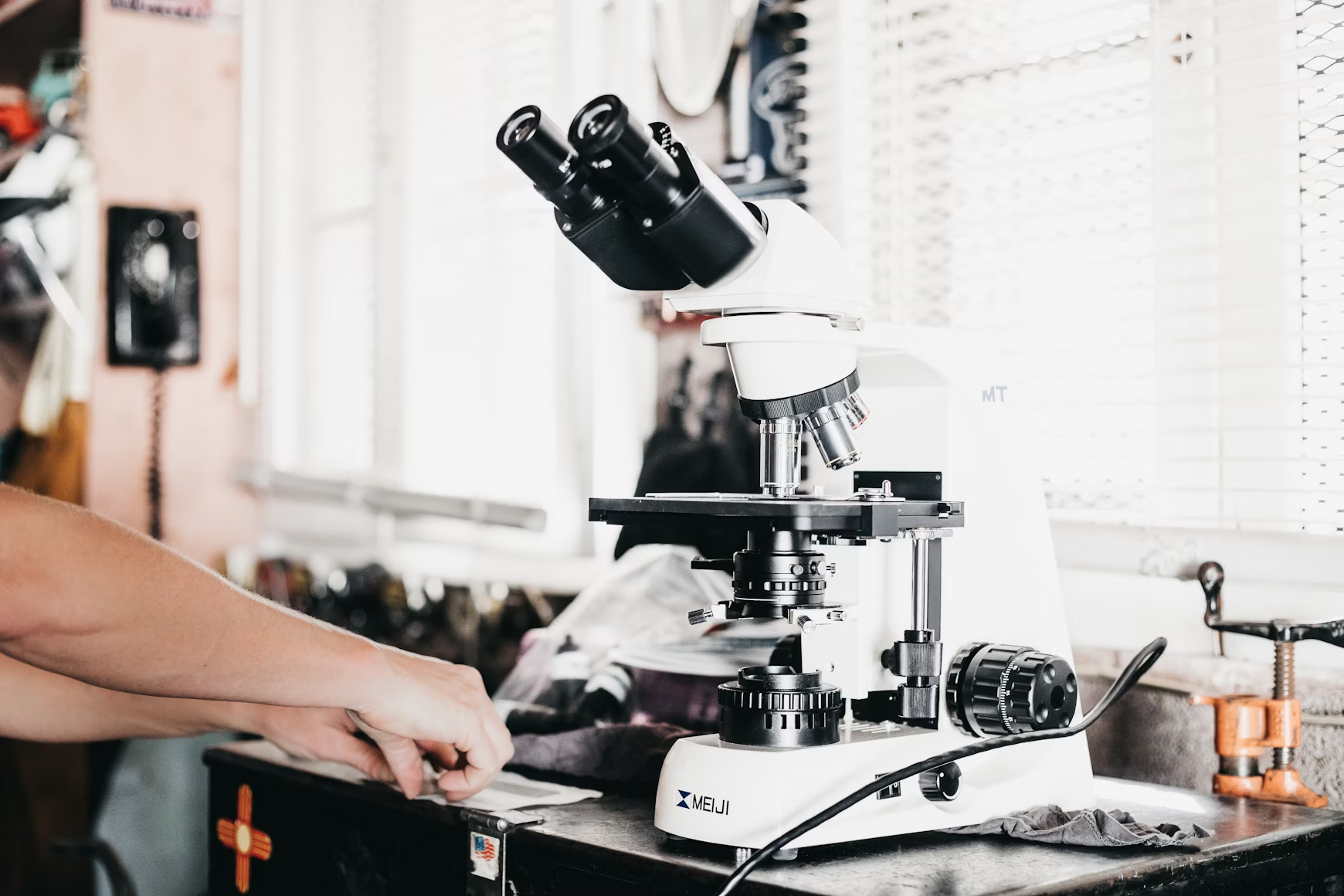
Rongokurais Boon, an ancient and mysterious relic, has captured the imagination of historians, archaeologists, and enthusiasts of folklore for centuries. This artifact, steeped in myth and legend, is believed to possess extraordinary powers that have influenced the course of history in ways both subtle and profound. The name “Rongokurais Boon” itself evokes a sense of wonder and intrigue, hinting at a rich tapestry of stories and secrets waiting to be uncovered.
The Origins of Rongokurais Boon
The origins of Rongokurais Boon are shrouded in mystery, with various cultures and civilizations claiming it as part of their heritage. Some scholars suggest that it dates back to the early Bronze Age, while others believe it may be even older, possibly originating in the Neolithic era. The artifact is often described as a small, intricately carved object, made from materials that defy precise identification. Some speculate it could be a rare combination of metals and minerals, possibly sourced from meteorites or otherworldly origins.
According to legend, Rongokurais Boon was created by an ancient civilization known for their advanced knowledge of metallurgy and alchemy. This civilization, often referred to as the “Lost Ones,” is said to have possessed wisdom and technologies far beyond their time. The Boon was allegedly crafted as a talisman to harness and amplify natural energies, granting its bearer extraordinary abilities.
The Power of the Boon
Stories of Rongokurais Boon’s powers are as varied as they are fantastical. One common thread in these tales is the Boon’s ability to bestow wisdom and foresight upon its possessor. Ancient texts describe how kings and leaders sought the Boon to gain insights into the future, make wise decisions, and avoid disastrous outcomes. It is said that those who held the Boon could communicate with the spirits of the earth and sky, tapping into a vast reservoir of knowledge.
Another aspect of the Boon’s power is its reputed ability to heal and protect. Healers and shamans believed that the artifact could cure ailments, mend broken bones, and even resurrect the dead. In times of war and conflict, warriors carried the Boon as a protective charm, believing it could shield them from harm and turn the tide of battle in their favor.
The Boon in History
Throughout history, Rongokurais Boon has appeared in various accounts and records, often at pivotal moments. One such account comes from ancient Egypt, where it was said to have been in the possession of a pharaoh who used its power to secure his reign and expand his empire. In ancient Greece, the Boon was reportedly held by a renowned oracle who predicted significant events with uncanny accuracy.
In medieval Europe, the artifact resurfaced during the Crusades. Knights and crusaders believed the Boon was a divine gift, a relic of holy significance that could ensure victory against their enemies. It is said that the Boon changed hands many times during this period, each new owner seeking to harness its power for their cause.
Modern Interpretations and Searches
In contemporary times, Rongokurais Boon continues to captivate the minds of treasure hunters, researchers, and conspiracy theorists. Some believe that the Boon is hidden away in a secret vault, guarded by a clandestine organization dedicated to preserving its secrets. Others think it may be lost in the depths of an ancient temple, waiting to be discovered by an intrepid explorer.
Modern science has attempted to unravel the mysteries of the Boon, with researchers using advanced technology to analyze the few remaining fragments and artifacts believed to be connected to it. Despite these efforts, the true nature and origin of Rongokurais Boon remain elusive, and its powers, if they exist, have yet to be fully understood or replicated.
The Cultural Impact
Rongokurais Boon has left an indelible mark on popular culture, inspiring countless books, movies, and works of art. Its legend has woven itself into the fabric of human imagination, serving as a symbol of mystery, power, and the enduring quest for knowledge and understanding. The Boon’s story reminds us of the allure of the unknown and the timeless human desire to uncover the secrets of the past.
In conclusion, Rongokurais Boon is more than just an artifact; it is a testament to the enduring power of myth and legend. Its enigmatic legacy continues to fascinate and inspire, inviting each new generation to explore the boundaries of history, science, and imagination in the quest to uncover the truth behind this ancient relic.







